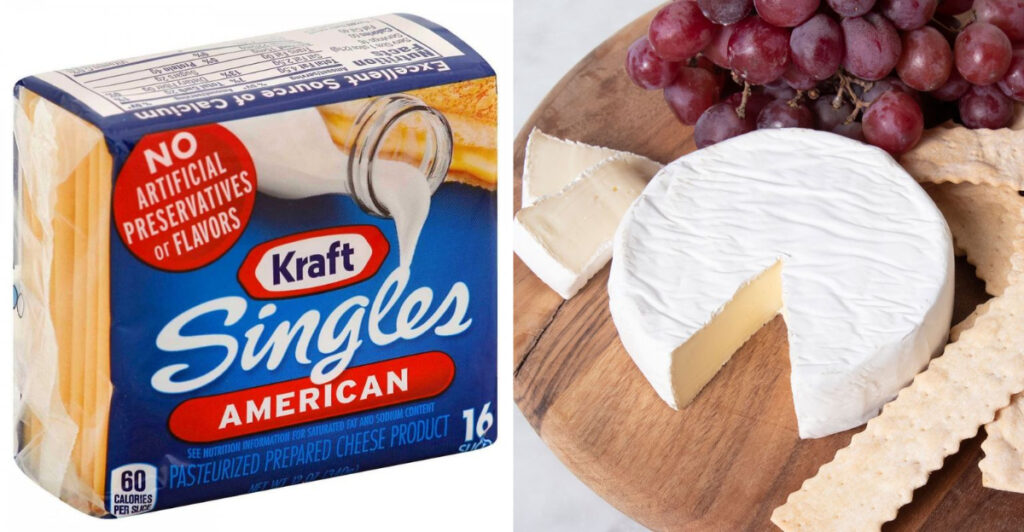Cheese is a beloved staple in many diets, but not all cheeses are created equal. Some are highly processed with additives and should be avoided, while others are natural and rich in nutrients. This guide explores 11 “plastic” cheeses and 13 delightful cheeses worth savoring.
1. Velveeta
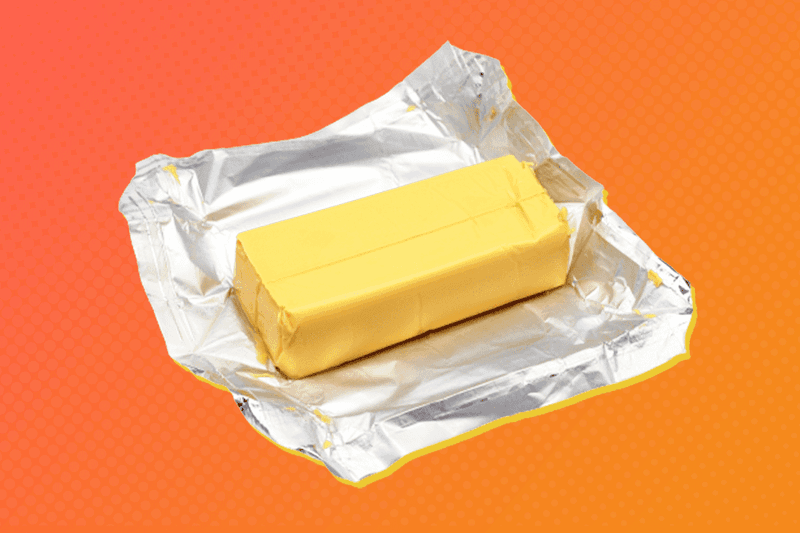
Velveeta, marketed as a “pasteurized prepared cheese product,” is infamous for its artificial meltability. With its neon-orange hue, it contains very little real cheese. Originally invented in the early 20th century, Velveeta was a solution for cheese scraps but has now become a staple in processed food. It’s packed with emulsifiers and artificial ingredients to achieve its smooth texture. Despite its popularity in certain dishes, its lack of authentic cheese content makes it a questionable choice. Many refer to it as “plastic cheese” due to its unnatural composition. Whether fondue or nachos, if authenticity is your goal, consider alternatives. Real cheese aficionados might want to steer clear of this highly processed product.
2. Spray Cheese (Easy Cheese)

Spray Cheese, often exemplified by brands such as Easy Cheese, is a convenience-driven product that’s more artificial than cheese. Delivered in an aerosol can, it consists primarily of whey, oil, and a cocktail of additives. Its ease of use has made it popular for quick snacks, but it’s far from real cheese. Unlike traditional cheeses that undergo a fermentation process, this product skips the culture, relying on synthetic ingredients instead. Its creation was meant to mimic the cheese experience without the hassle of slicing. However, the absence of authentic cheese culture leaves much to be desired for purists. True cheese enthusiasts might find the taste artificial and lacking depth.
3. Kraft Parmesan (green shaker can)
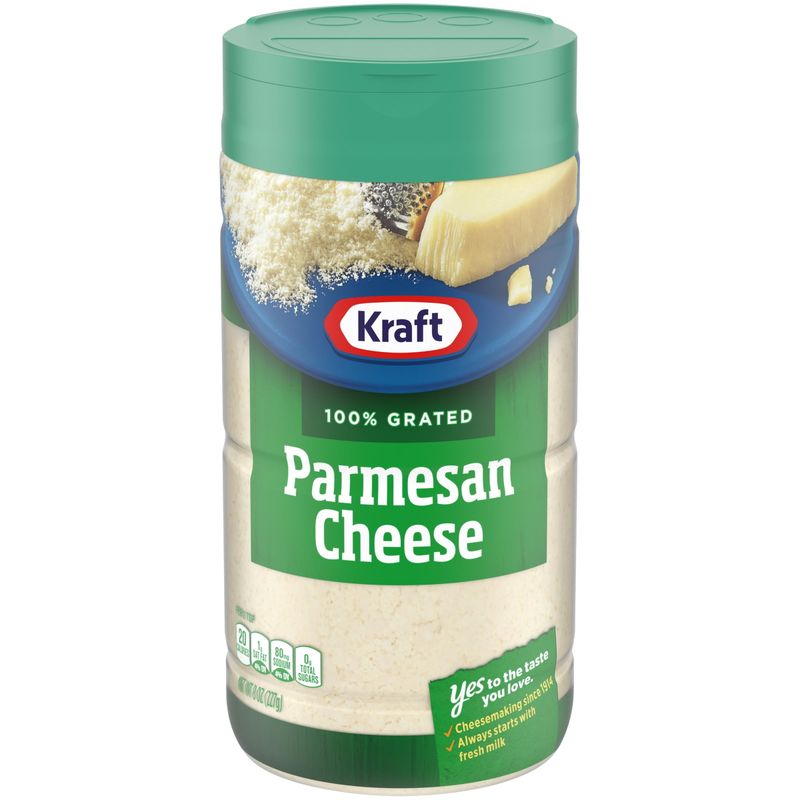
Kraft Parmesan, recognizable by its green shaker can, is more about convenience than authenticity. While it promises the flavor of Parmesan, its content tells another story. With a substantial amount of cellulose, often derived from wood pulp, and minimal actual parmesan, it’s a far cry from its traditional counterpart. The ease of sprinkling this cheese over pasta has made it a pantry staple, but its artificial nature leaves much to be desired. Traditional Parmigiano-Reggiano lovers often scoff at this version’s lack of depth and character. If you’re seeking genuine Parmesan taste, consider grating fresh cheese instead. This processed version is best left for emergencies.
4. Kraft Singles
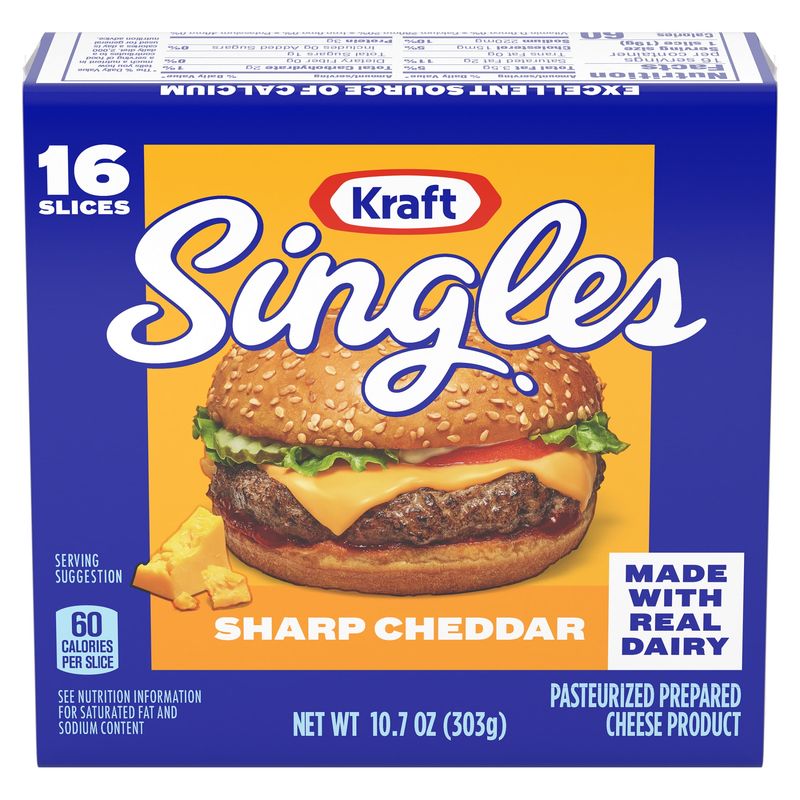
Kraft Singles, those individually wrapped slices of “cheese,” are ubiquitous in many American households. However, they are legally defined as a “processed cheese product” due to their less than 51% cheese content. These slices are engineered for melting, making them perfect for burgers and grilled cheese. Their shiny appearance and uniform texture are thanks to added emulsifiers and stabilizers. While they offer convenience and nostalgia, their artificial composition might deter those seeking authenticity. Real cheese lovers might miss the complexity and richness found in genuine cheeses. For a truly cheesy experience, consider using actual cheddar or other natural cheeses.
5. American “Singles” or “American slices”
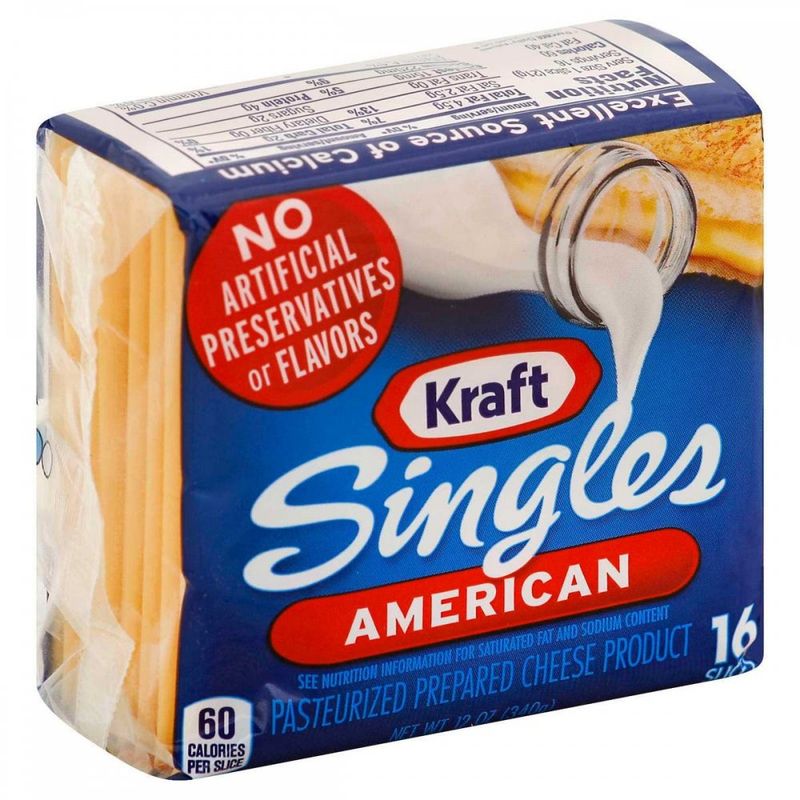
American Singles, akin to Kraft Singles, are often labeled as “cheese food.” These slices are a staple in many fast food chains for their melting properties. With even lower cheese content than Kraft’s version, they rely heavily on artificial ingredients. Their bright yellow color is more about food coloring than cheese. Originally developed in the mid-20th century, they catered to the demand for convenience in fast-paced lifestyles. While they melt beautifully, offering that classic gooey texture, the lack of authentic cheese character might disappoint true cheese enthusiasts. If you’re after a real cheese experience, look beyond these processed slices.
6. Provel cheese
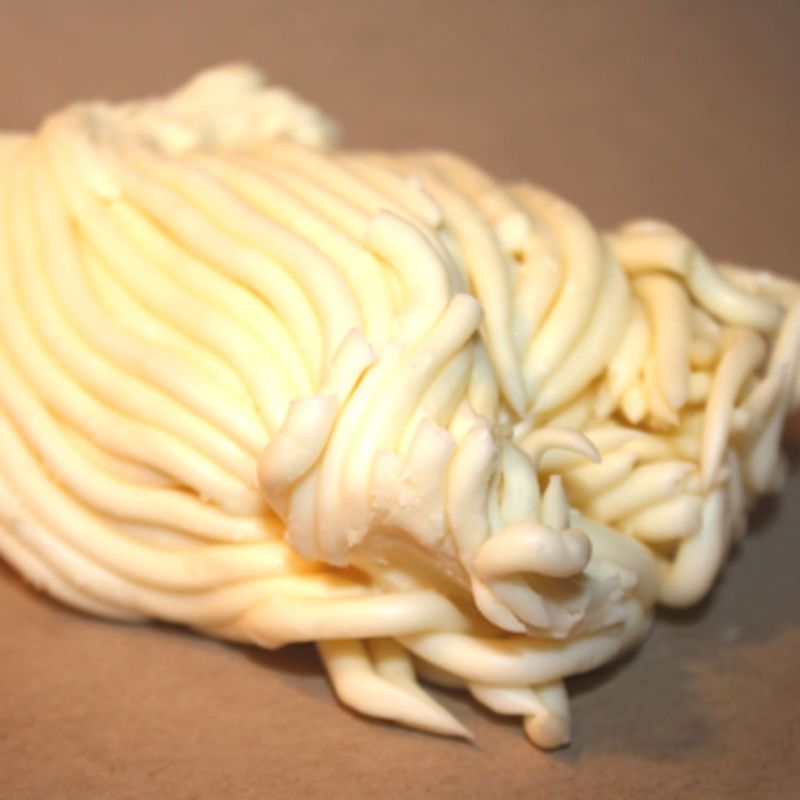
Provel cheese, a blend of cheddar, Swiss, provolone, and smoke flavor, is a specialty in St. Louis. Known for its gooey melt, it’s a signature ingredient in the city’s pizzas. Unlike traditional cheeses, Provel doesn’t age, relying on processing for its texture. Developed mid-20th century, it caters to those who prefer a smooth, non-stringy melt. While beloved locally, its processed nature makes it less appealing to cheese purists. Lacking the depth of aged cheeses, Provel is more about texture than taste. If you’re in St. Louis, trying Provel is a cultural experience. However, for a rich flavor, traditional cheeses might be a better choice.
7. Laughing Cow spreadable wedges
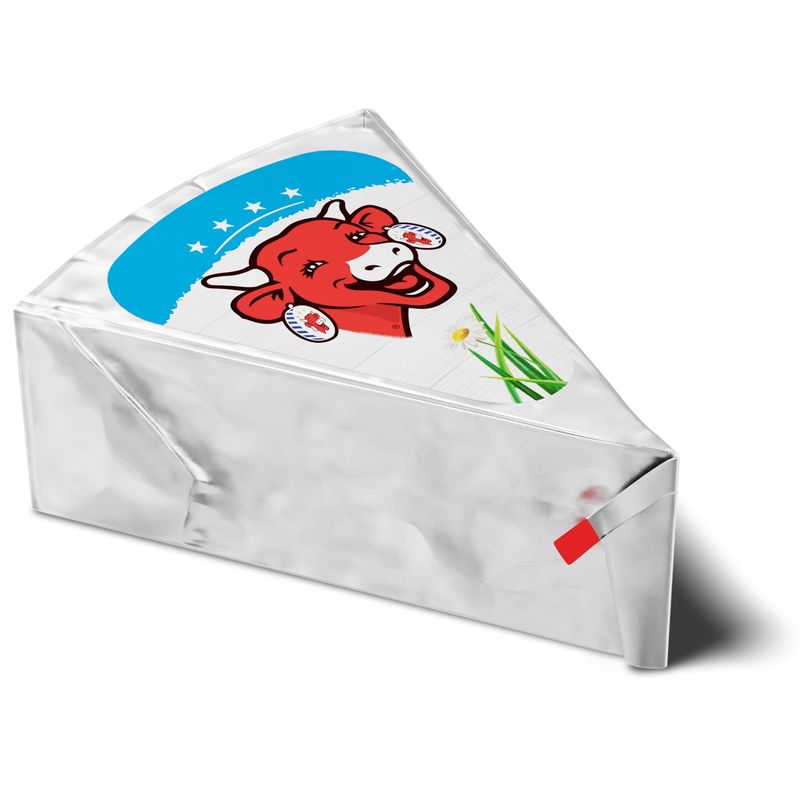
Laughing Cow wedges, those charming circular portions, are a testament to convenience and spreadability. Originating in France, they are now a global snack staple. These wedges are full of emulsifiers, giving them a smooth, creamy texture. They’re easy to spread on crackers, but purists might lament the lack of real cheese flavor. Ideal for quick snacks and lunchboxes, they offer a mild taste with a hint of nostalgia for many. However, their processed nature means they fall short on depth and complexity. If you’re seeking the rich, nuanced flavors of traditional cheeses, these wedges might not satisfy that craving.
8. Velveeta-style cheese sauces
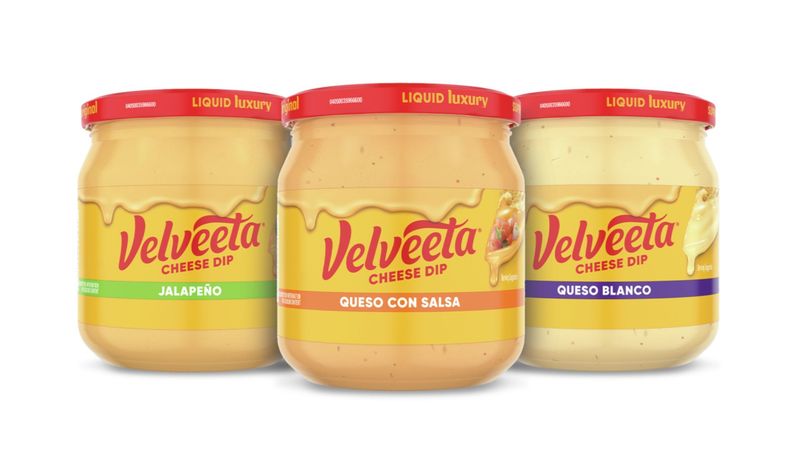
Velveeta-style cheese sauces, often found in jars or packets, promise convenience with their ready-to-use format. These sauces are engineered for meltability, making them a go-to for nachos and mac and cheese. However, they are more “cheese analogue” with minimal actual cheese content. Packed with oil and coloring, they achieve a smooth, uniform texture. While popular for their ease of use, they lack the authentic cheese character found in traditional sauces. Their invention revolutionized quick meal preparation, but for those seeking genuine cheese flavor, they may fall short. Consider making your own sauce with real cheese for a more authentic experience.
9. “Cheese food spreads” in cans or jars
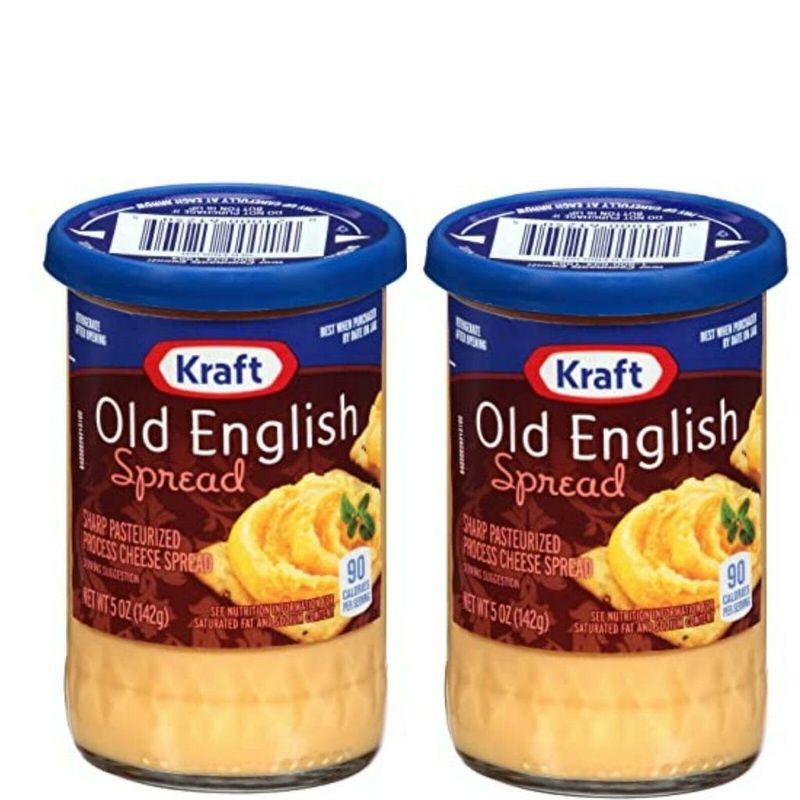
Cheese food spreads, found in cans or jars, are a quick fix for many snack dilemmas. These spreads are often composed of dairy derivatives and emulsifiers, creating a smooth, spreadable texture. Their invention catered to the need for convenience in modern lifestyles, offering an alternative to traditional spreads. While they offer ease of use, they lack the depth and richness of real cheeses. Often used in sandwiches or on crackers, they provide a mild, homogeneous flavor. For those seeking an authentic cheese experience, these spreads might disappoint. Freshly made spreads with natural ingredients offer a more satisfying alternative.
10. Frozen pizza cheese analogues
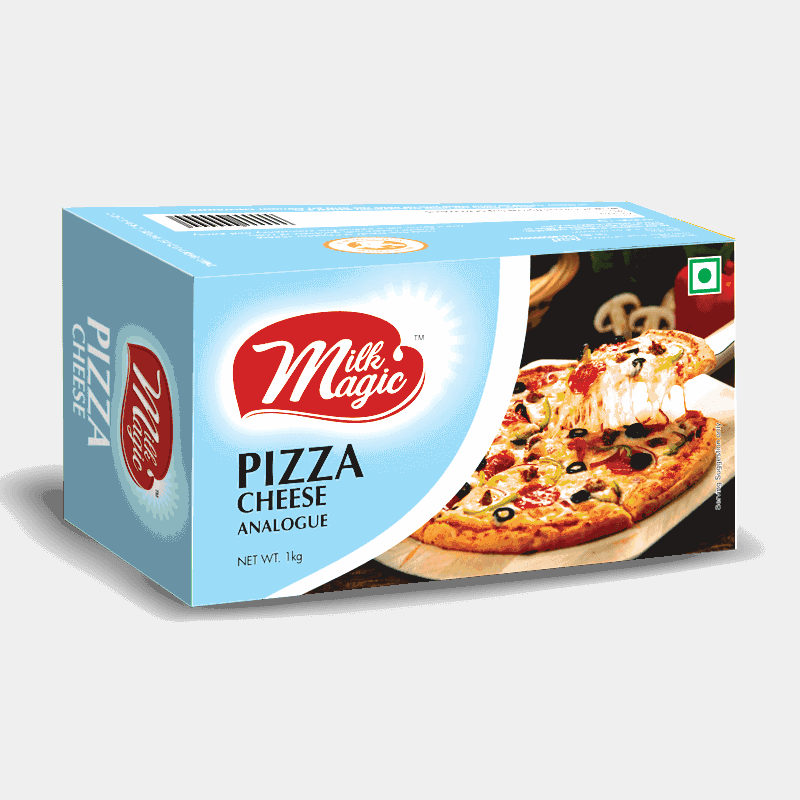
Frozen pizza cheese analogues, common in ready-to-bake pizzas, are designed for meltability and cost-effectiveness. Made from non-cheese dairy fats and additives, they mimic the melt of real cheese but lack its depth of flavor. Popular in homes for quick meals, they fulfill the need for convenience. However, when compared to fresh cheese, they fall short in delivering authentic taste. Created to keep costs low and shelf life long, they sacrifice flavor for practicality. If you’re a pizza enthusiast seeking genuine cheesy goodness, consider adding fresh mozzarella or cheddar before baking. The upgrade in flavor and texture will be worth it.
11. Any product labeled “cheese food” or “cheese product”
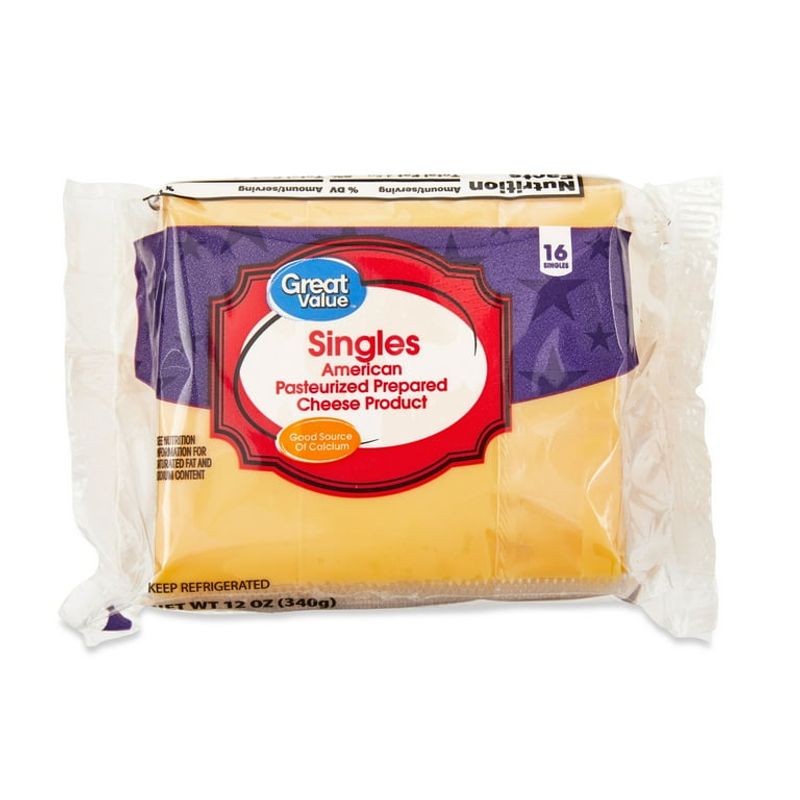
Products labeled as “cheese food” or “cheese product” are often misleading. While they promise a cheesy experience, they’re typically composed of only about 50% real cheese, with the rest being fillers and synthetic ingredients. Initially developed for their long shelf life and affordability, these products cater to convenience-driven consumption. However, for those keen on taste and quality, they might be unsatisfying. The added emulsifiers, preservatives, and oils contribute to their plastic-like texture. If you’re seeking genuine cheese flavor, these products are best avoided. Opt for natural cheeses which offer authenticity and nutrient-rich profiles.
1. Aged Cheddar

Aged Cheddar is a delight for cheese connoisseurs. With its bold flavor and crumbly texture, it’s a testament to traditional cheesemaking. Originating from England, the aging process intensifies its sharpness, providing a rich and tangy experience. Unlike its younger counterparts, aged cheddar offers complexity and depth, making it a versatile addition to cheese boards and recipes. Whether grated over a baked dish or enjoyed with a simple cracker, its presence is unmistakable. Its natural ingredients—milk, salt, cultures—highlight the purity of real cheese. For those seeking a flavorful journey, aged cheddar is a perfect choice.
2. Parmigiano-Reggiano
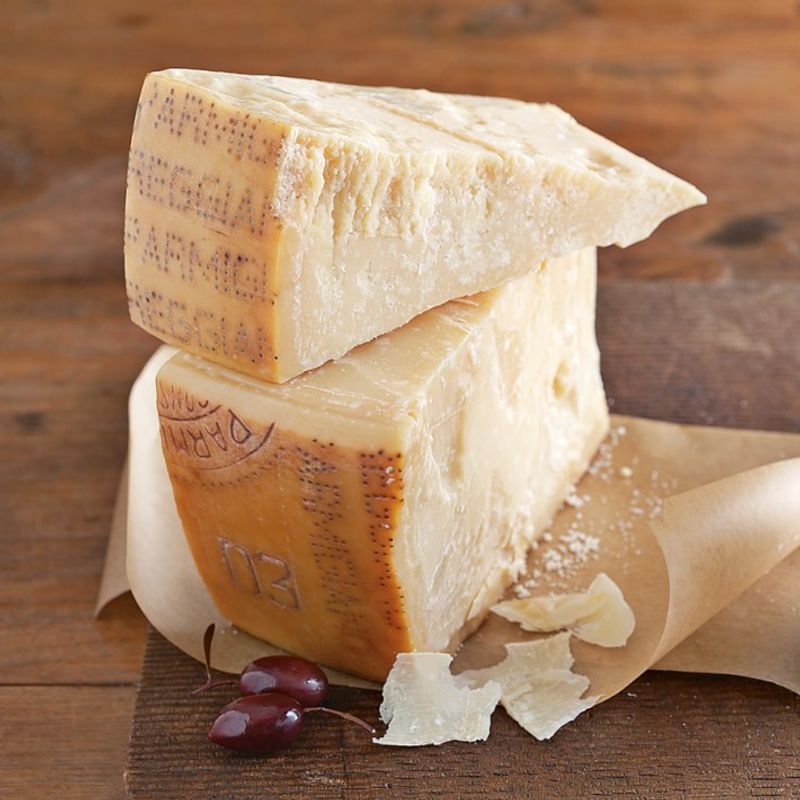
Parmigiano-Reggiano, known as the “king of cheeses,” hails from Italy. Its hard, granular texture and rich umami flavor are a result of aging for over a year. Renowned worldwide, it’s a staple in Italian cuisine, grated over pasta or enjoyed in chunks. Its creation follows strict guidelines, ensuring authenticity and quality. With every bite, one can taste the dedication and tradition behind it. This cheese is not just about flavor, but also about heritage. Its natural ingredients and lack of additives make it a favorite among cheese lovers. For a true taste of Italy, Parmigiano-Reggiano is unmatched.
3. Gouda (aged or young)
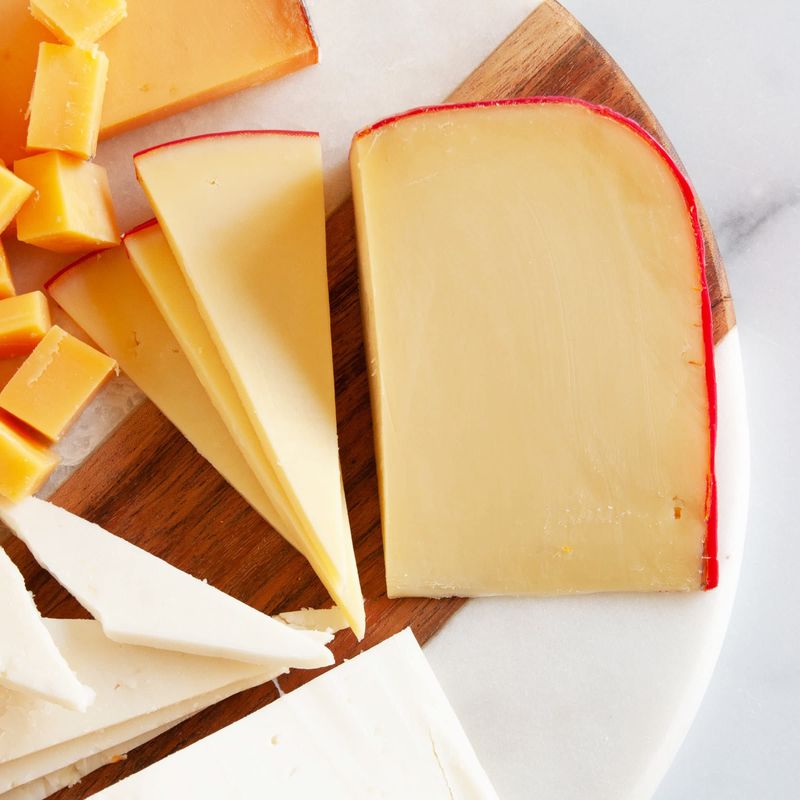
Gouda, whether aged or young, offers a delightful spectrum of flavors. Young Gouda is creamy and mild, perfect for sandwiches and snacking. On the other hand, aged Gouda develops a nutty, caramel-like profile, with crystals that add a delightful crunch. Originating from the Netherlands, it’s a cheese with a storied past. Its versatility makes it a favorite in cheese boards, paired with fruits or crackers. Made from milk, salt, and cultures, Gouda embodies the essence of natural cheesemaking. Whether young or aged, it promises a rich, satisfying experience. A true testament to traditional craftsmanship.
4. Brie
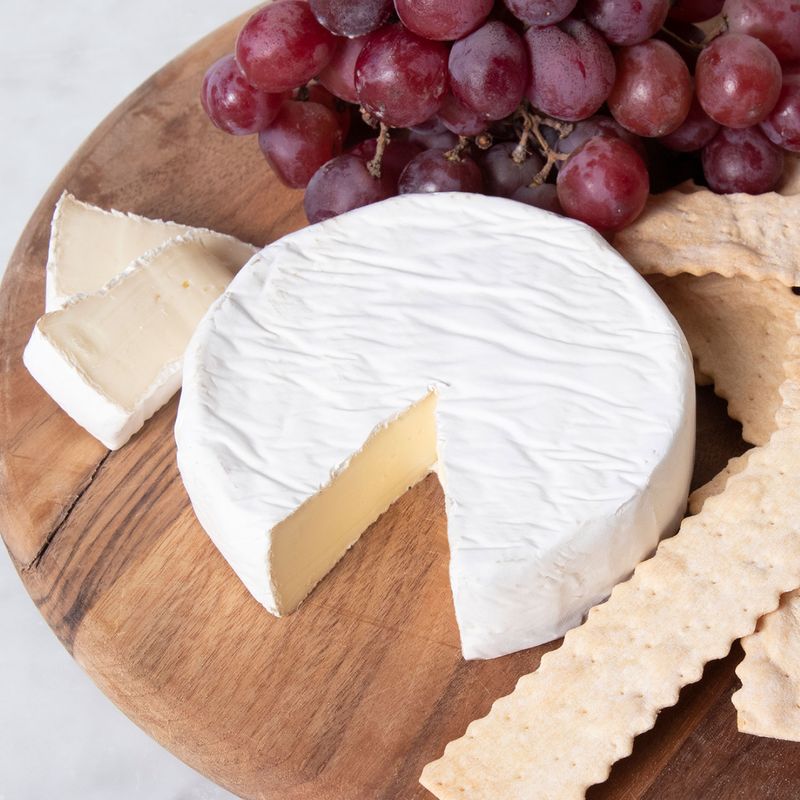
Brie, often referred to as the “queen of cheeses,” is a soft, creamy delight. Its subtle mushroom aroma and creamy interior make it a favorite on cheese boards. Originating from France, Brie embodies elegance and tradition. The white rind, a result of mold, encases a rich, buttery interior. Whether enjoyed with a baguette or paired with fruits, its versatility shines. Its naturally simple ingredients—milk, salt, cultures—emphasize its purity. For those seeking a gentle, creamy cheese experience, Brie is an exquisite choice. It’s a cheese that invites indulgence and appreciation of its refined flavors.
5. Camembert
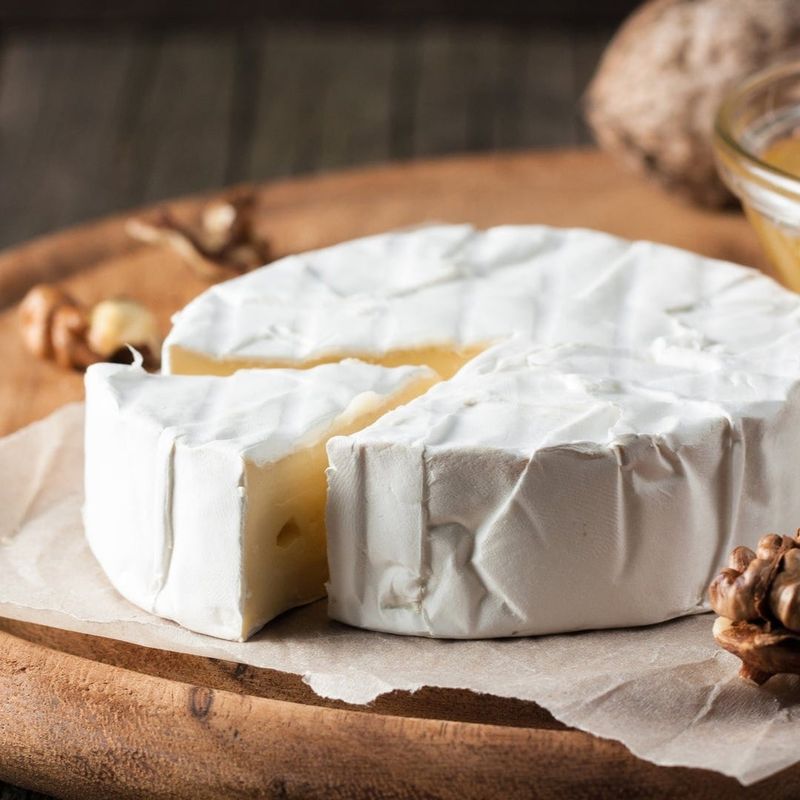
Camembert, a cousin to Brie, offers an earthier and more intense experience. This French cheese is renowned for its creamy texture and robust flavor. Wrapped in a thin, edible rind, its interior is soft and oozy. Originally from Normandy, Camembert has a rich history and cultural significance. Its bold taste pairs well with rustic breads and hearty red wines. With simple ingredients—milk, salt, cultures—it remains true to traditional cheesemaking. For those who appreciate a cheese with character, Camembert is a must-try. It’s a celebration of flavor, texture, and heritage in every bite.
6. Mozzarella (fresh)
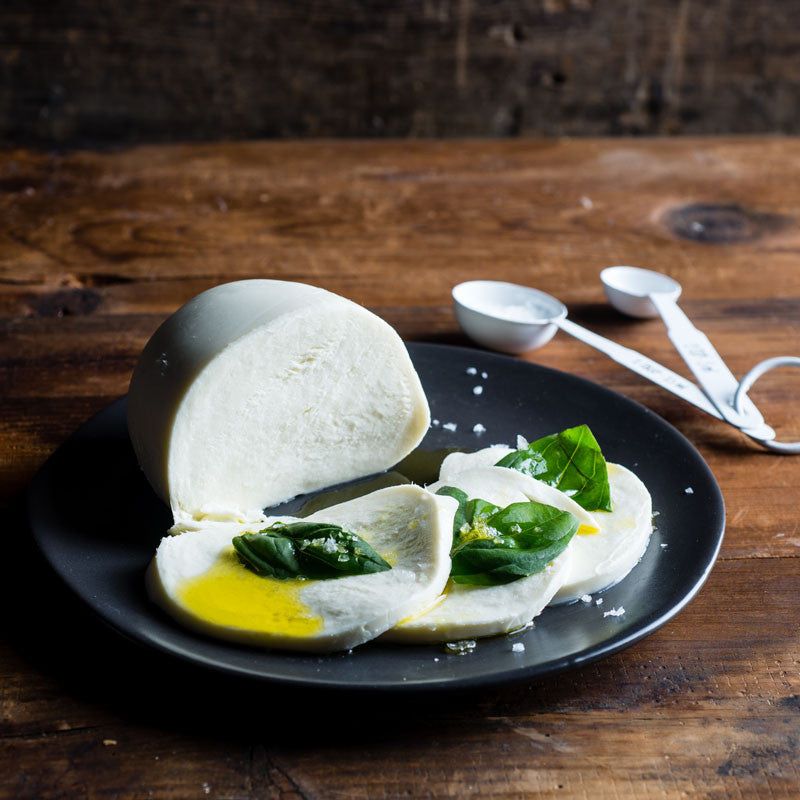
Fresh Mozzarella is a staple in Italian cuisine. Its milky, mild flavor complements tomatoes and basil in classic caprese salads. Made from cow or buffalo milk, this cheese is a testament to simplicity and freshness. Unlike its processed counterparts, fresh mozzarella boasts a soft, delicate texture. Originating from southern Italy, it has become a beloved ingredient worldwide. Its purity is highlighted by its minimal ingredients—milk, salt, rennet. For those seeking a fresh, light cheese experience, mozzarella is unrivaled. It’s a perfect addition to pizzas, salads, or simply on its own with a drizzle of olive oil.
7. Feta

Feta, the briny, tangy Greek cheese, is a delight for the senses. Traditionally made from sheep or goat milk, its crumbly texture adds a unique dimension to salads and dishes. Its origins are steeped in Greek culture, where it’s a staple in many traditional dishes. Feta’s distinct flavor stands out, offering a salty, tangy kick. Whether crumbled over a salad or baked in a pie, it enhances flavors effortlessly. With its simple ingredients—milk, salt, rennet—feta remains true to its roots. For those seeking a cheese with bold character, feta is an excellent choice.
8. Goat Cheese (Chèvre)
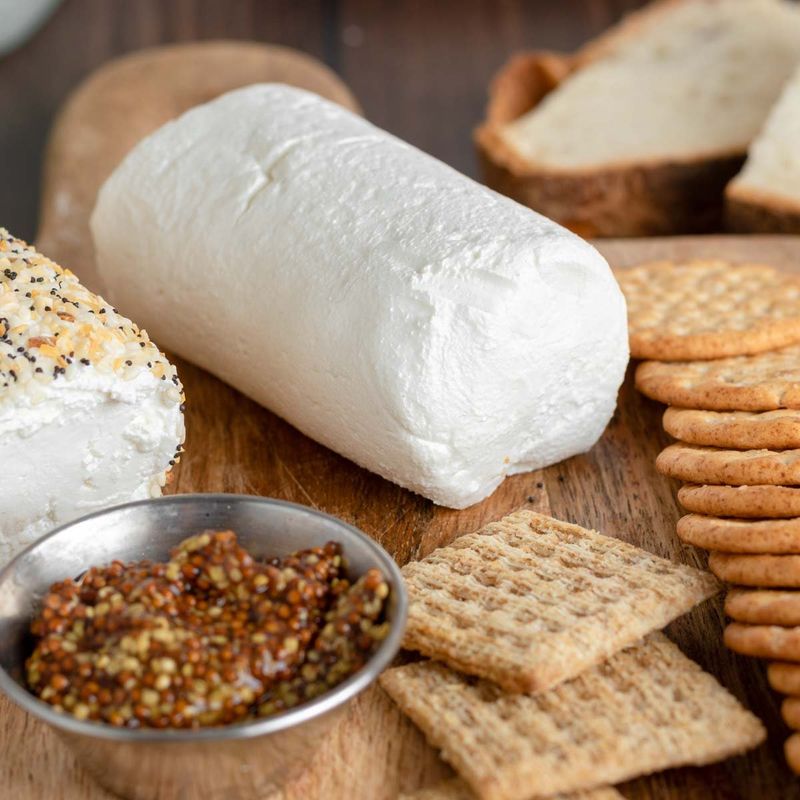
Goat Cheese, or Chèvre, is celebrated for its tangy, bright flavor and smooth texture. Made from goat milk, it’s a cheese that embodies freshness and simplicity. Its origins trace back to rural farming communities where goat herding was prevalent. The cheese’s creamy interior and distinct flavor make it versatile in both sweet and savory dishes. Whether spread on toast or crumbled in a salad, it adds a touch of elegance and zest. With its natural ingredients and artisanal appeal, Chèvre stands out as a gourmet choice. For a refreshing cheese experience, goat cheese is unparalleled.
9. Manchego
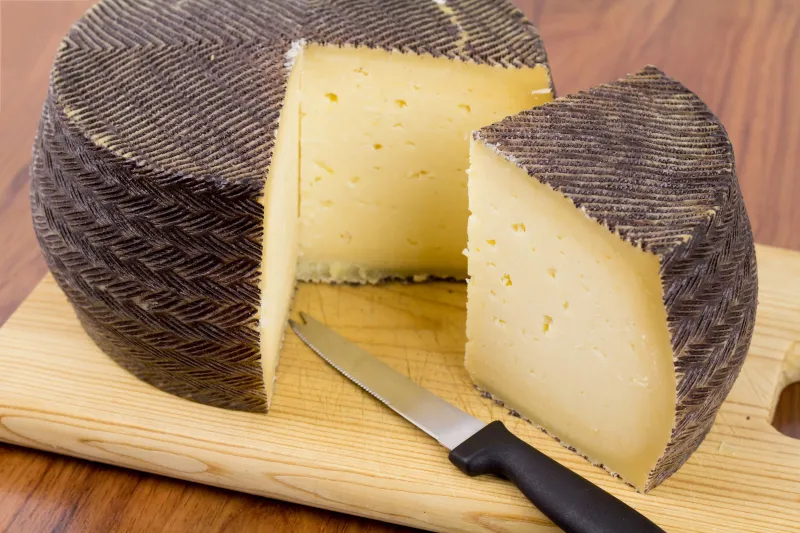
Manchego, the firm, nutty Spanish cheese, is a testament to tradition and quality. Made from sheep’s milk, it offers a unique flavor profile that pairs beautifully with cured meats and fruits. Originating from the La Mancha region, it carries the essence of its homeland. Its rich, buttery texture and subtle sweetness make it a favorite among cheese lovers. Whether sliced for a cheese board or melted in a dish, its versatility is unmatched. With its natural ingredients and protected designation of origin, Manchego is a true representation of Spanish cheesemaking excellence.
10. Gruyère
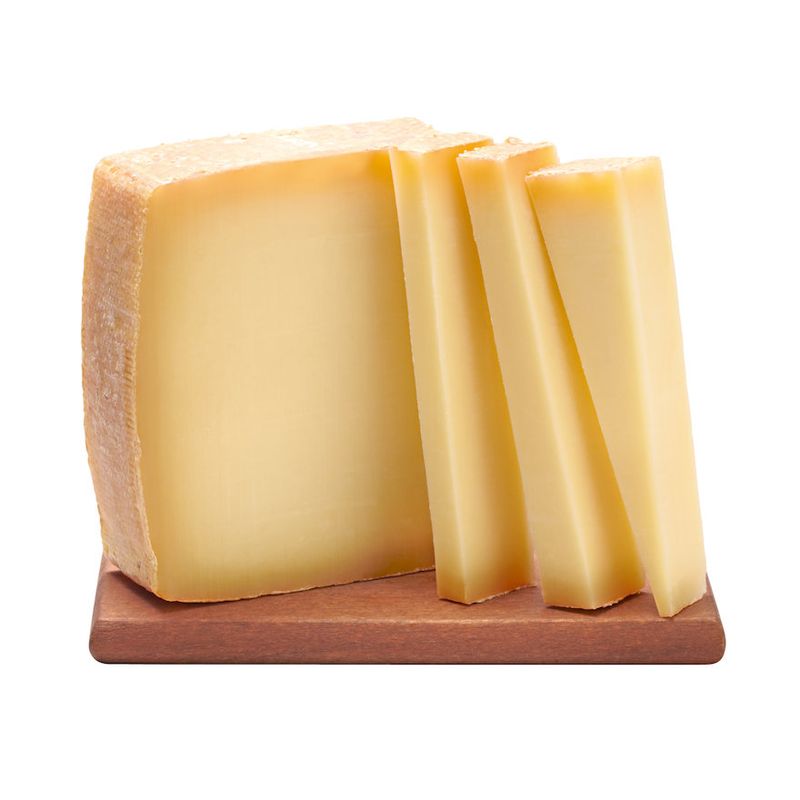
Gruyère, a Swiss classic, is known for its savory flavor and excellent melting properties. This cheese is a staple in fondue and quiches, offering a rich, nutty taste. Its origins lie in the village of Gruyères, where traditional methods have been preserved for generations. The cheese’s firm texture and small holes are a testament to its craftsmanship. Made from cow’s milk, it’s aged to perfection, developing a complexity that’s hard to resist. Whether melted in a dish or enjoyed on its own, Gruyère is a versatile cheese that enhances any culinary creation.
11. Comté
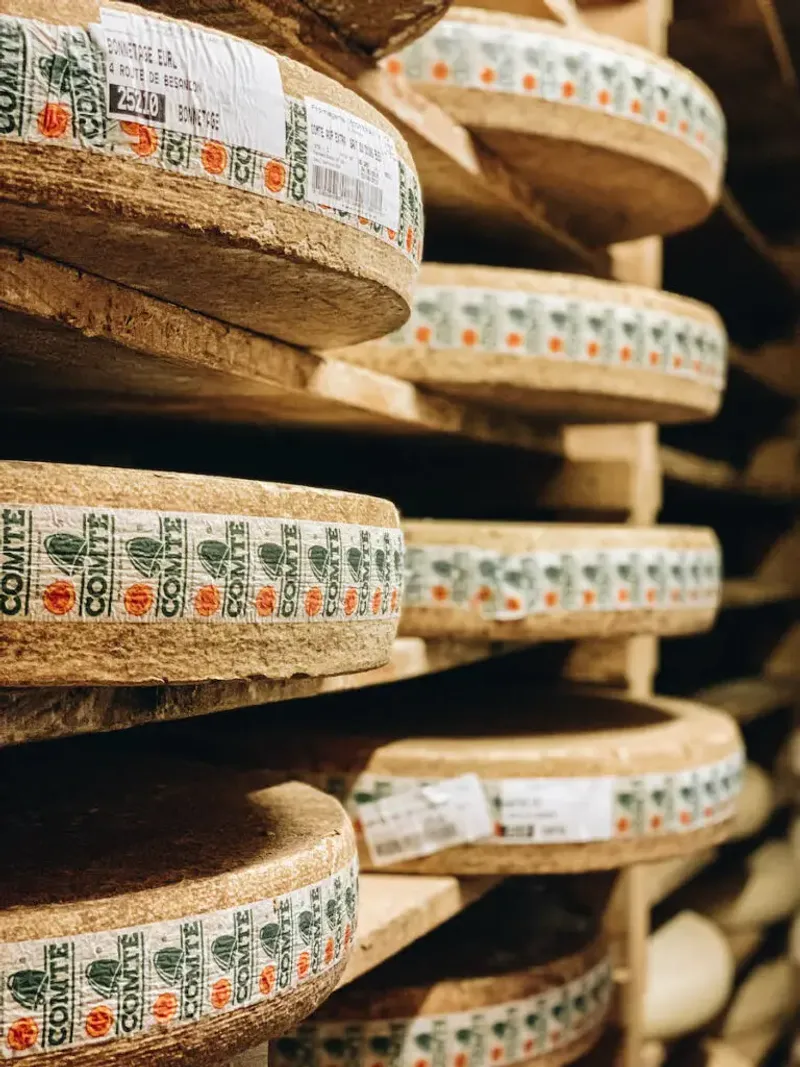
Comté, the French cousin of Gruyère, offers a complex flavor profile from its long aging process. This cheese is celebrated for its nutty and fruity notes, making it a favorite among gourmets. Originating from the Jura region, Comté is made from raw cow’s milk and aged in mountain caves. Its creamy, yellow interior and rustic rind reflect its artisanal production. With each bite, one can taste the dedication and tradition behind its creation. Whether grated over dishes or enjoyed as a snack, Comté offers a rich, satisfying experience. For cheese lovers, it’s a must-try.
12. Havarti
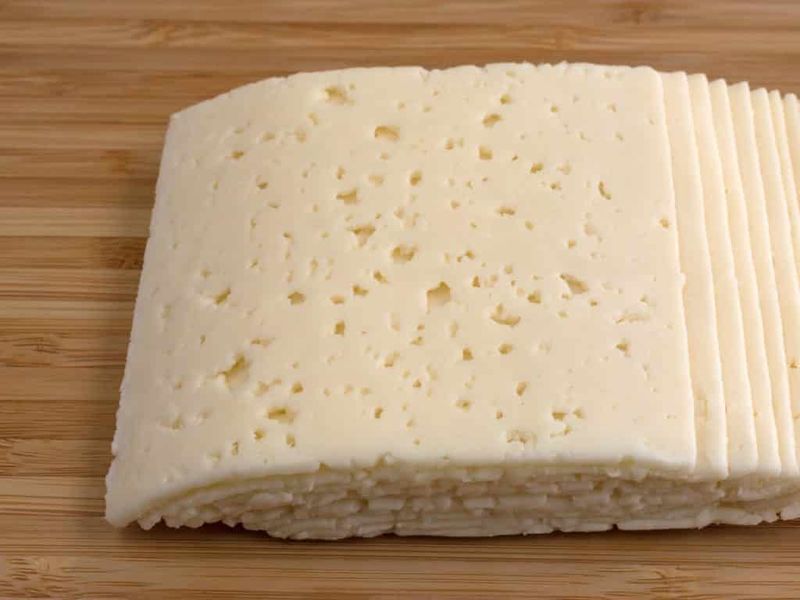
Havarti, the Danish semi-soft cheese, is known for its buttery flavor and smooth texture. Originating from Denmark, it’s made from cow’s milk and often comes with small holes, known as “eyes.” Its creamy consistency makes it ideal for sandwiches and cheese platters. Havarti can be flavored with herbs and spices, enhancing its versatility. Its mild taste appeals to a wide range of palates, making it a staple in many households. Whether paired with fruits or melted in a dish, Havarti offers a delightful cheese experience. For those seeking a creamy, approachable cheese, Havarti is an excellent choice.
13. Asiago (aged)
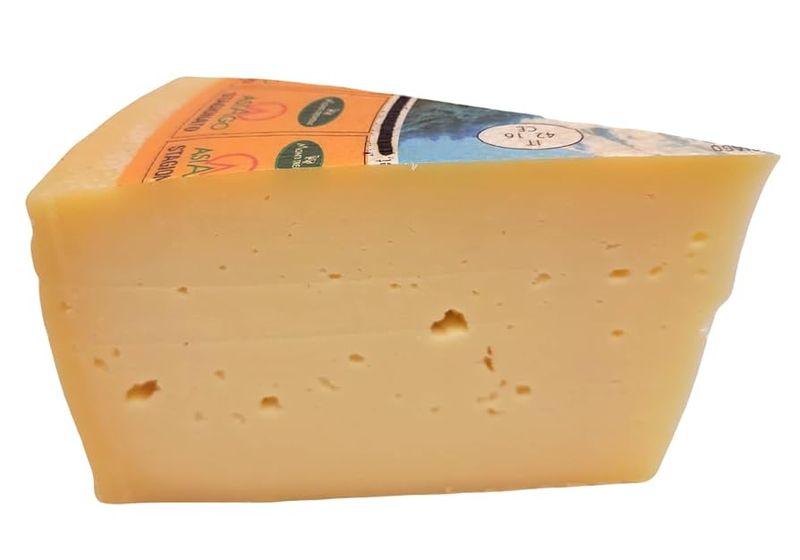
Aged Asiago, an Italian classic, captivates with its bold flavor and firm texture. Made from cow’s milk, its aging process intensifies its taste, providing a rich and savory experience. Originating from the Veneto region, Asiago is a testament to Italian cheesemaking tradition. Its crumbly texture and robust flavor make it a favorite for grating over dishes or enjoying on its own. With its natural ingredients, Asiago retains the purity of traditional cheese. Whether paired with wine or added to a charcuterie board, aged Asiago is a gourmet delight for cheese aficionados.

